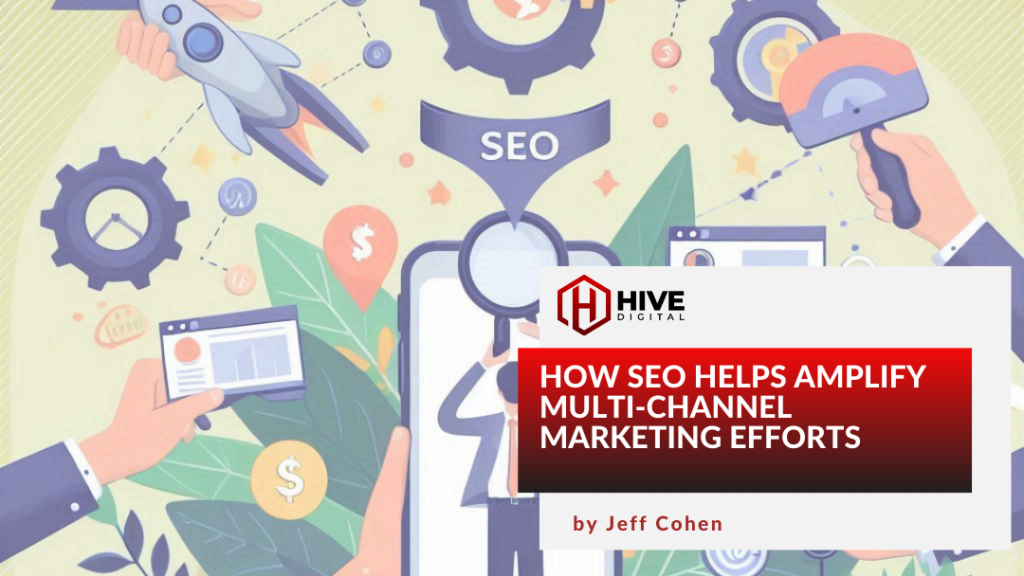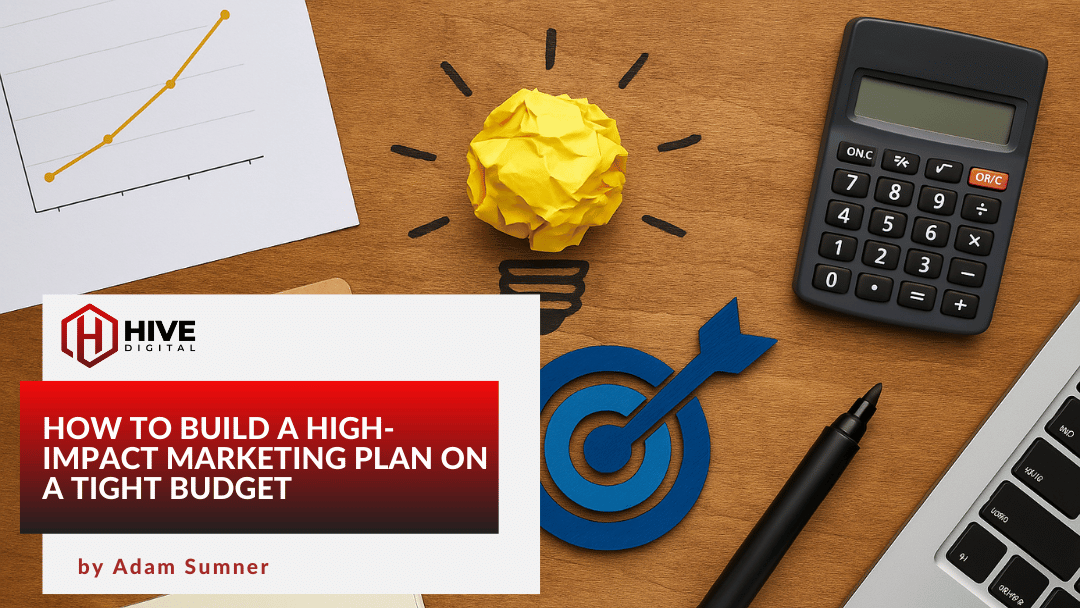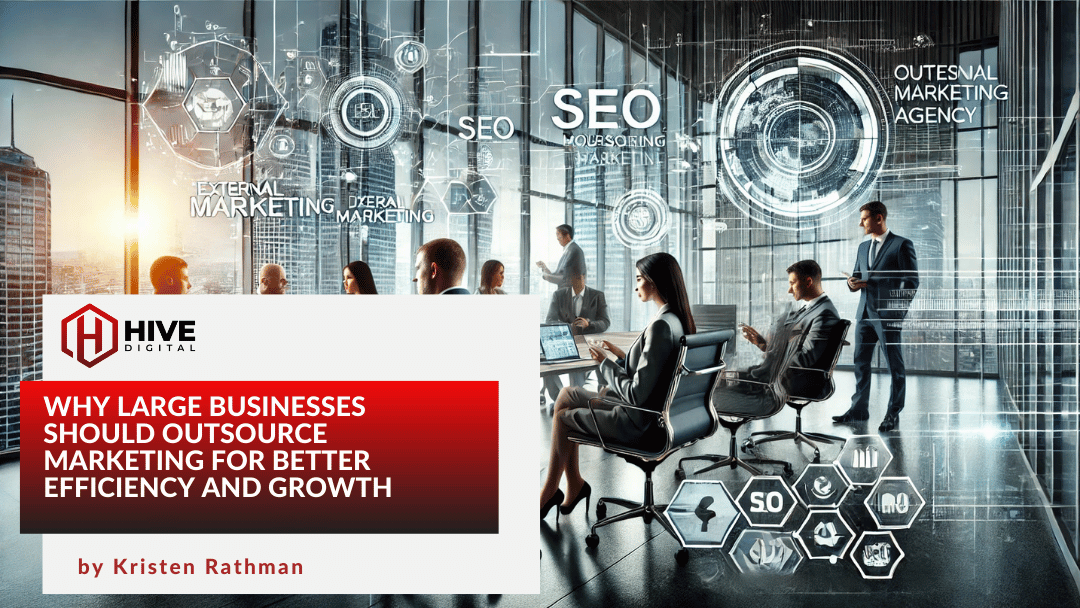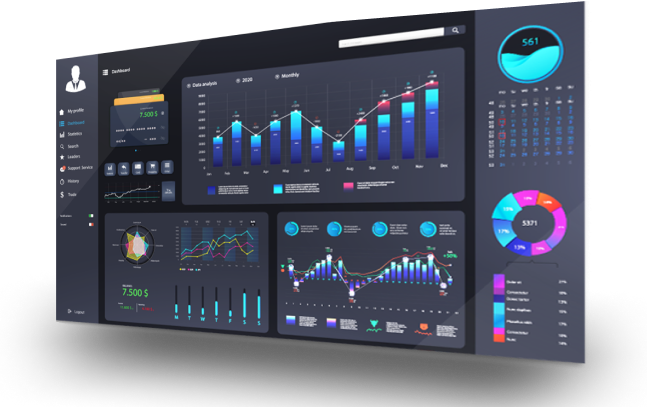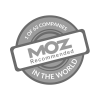In today’s digital landscape, a multi-channel marketing approach is key to reaching and engaging a broad audience. By integrating various digital channels, businesses can deliver consistent messaging and enhance their performance across all platforms. Search Engine Optimization (SEO) and Conversion Rate Optimization (CRO) are at the heart of this strategy, two tools that work hand-in-hand to boost marketing success.
The Role of SEO in Multi-Channel Marketing
SEO is the foundation of a successful multi-channel marketing strategy. It influences and supports other channels like paid search, display ads, and social media by improving website visibility and relevance. Optimizing your website for search engines lays the groundwork for a strong online presence, driving traffic and conversions from multiple sources.
1. Foundational SEO and Its Impact on Multi-Channel Marketing
Foundational SEO involves optimizing your website’s technical aspects and content to make it search engine-friendly. This includes on-page elements like keywords, meta descriptions, header tags, and technical factors such as site speed and mobile-friendliness.
On-page SEO plays a crucial role in aligning your website’s content with user intent at different stages of the buyer’s journey. The initial SEO research process is vital for understanding your target audience and how they search. By gaining insights into the search behavior of your audience, you can enhance all marketing channels. Typically, we consider the following stages in the buyer’s journey:
- TOFU (Top of Funnel): This is where potential customers are just starting to explore their options. At this stage, we create educational content that introduces your brand and answers general questions your audience might have.
- MOFU (Middle of Funnel): At this stage, the audience is considering their options. Here, we focus on content that provides solutions to specific problems and helps to nurture leads.
- BOFU (Bottom of Funnel): This is the decision-making stage. Content here is designed to convert, often including product demos, testimonials, and detailed comparisons.
By optimizing content for each stage, you not only meet the needs of your audience but also improve your website’s Quality Score, positively impacting paid campaign performance.
Technical SEO ensures that your website is easy for search engines to crawl and index. This includes optimizing site speed, ensuring mobile-friendliness, and maintaining proper XML sitemaps. A well-optimized website provides a seamless user experience, reducing bounce rates and improving conversion rates across all channels.
2. Content Creation: The SEO Intersection
Content is the cornerstone of a successful marketing strategy. Creating high-quality, relevant content that meets your audience’s needs at each stage of the buyer’s journey is essential. By providing the experience users are looking for, you can attract, engage, and convert visitors.
CRO techniques can further enhance the effectiveness of your SEO-optimized content. By A/B testing headlines, CTAs, and other elements, you can improve user engagement and conversion rates, which in turn can boost your Quality Scores in paid campaigns.
3. The Symbiotic Relationship With CRO
On-page content and CRO are deeply interconnected. Optimizing for conversions and engagement can boost both organic search performance and paid campaign results. For example, better CTAs and form placements can lead to higher conversion rates, making the most of the traffic coming from any channel.
CRO for Organic Channel: CRO isn’t just about driving direct conversions like leads or sales. Depending on the stage of the buyer’s journey, a “conversion” for organic traffic might encourage a user to read the entire article or click on a link to another related piece. Understanding this helps you tailor your SEO efforts to guide users through their journey effectively.
CRO for Paid Channel: A/B testing elements on landing pages can improve conversion rates and lower costs per acquisition, creating a feedback loop where insights from one channel benefit the other.
4. SEO Enhancing Paid Search & Display Ads
SEO data can be very helpful for informing paid strategies. Leveraging SEO-driven keyword research helps you identify high-performing terms for different stages of the buyer’s journey, refining your targeting in paid campaigns. In addition, having a cohesive set of target terms and focus phrases can help to keep your marketing message consistent across channels.
Landing page optimization is also important for paid search and display ads. By ensuring that BOFU content and landing pages are optimized, you can enhance conversion rates, leading to higher Quality Scores and lower CPCs.
But the relationship between SEO and paid search goes both ways. Paid Search data can provide valuable insights that benefit SEO efforts. For instance, analyzing which ad messaging generates better click-through rates (CTRs) can inform improvements to SEO elements like meta titles and descriptions. This cross-channel insight can help you refine your organic strategies to better resonate with your audience.
There’s also a difference in how long it takes to see results between the two channels. SEO takes time, often requiring weeks to months to rank well for new content. In contrast, paid search can deliver much faster visibility with appropriate budgeting and targeting. By understanding this, you can strategically use both channels to maximize your online presence. If certain paid keywords are very costly, you can focus SEO efforts on improving organic rankings for those terms, potentially reducing spend while maintaining visibility for high-value search terms.
In this way, you can balance and optimize your efforts across channels, leveraging the strengths of each to meet the business goals of your website.
5. SEO and Social Media: A Dynamic Duo
SEO and social media complement each other, expanding your reach. While you may think of social platforms as being passive, many users are also actively seeking out solutions either directly (think How-To videos on YouTube), or by engaging in content based on specific interests. Sharing relevant SEO-optimized content on social media drives traffic back to your website, further supporting your marketing efforts.
But the relationship goes deeper. Audience engagement and input from social media can provide real-time insights that are valuable for SEO strategies. Social media allows you to see firsthand what terms and content resonate best with your audience, sometimes revealing new keywords or topics that standard SEO tools might miss. These insights can then be fed back into your SEO planning, helping you to create more relevant and effective content that better aligns with your audience’s interests and needs.
While the exact impact of social signals on SEO rankings is still debated, it’s clear that they play a role in boosting your website’s overall visibility and authority. Engaging content shared on social platforms can drive traffic and potentially increase backlinks, indirectly benefiting your SEO.
Your Channels Should Compliment Each Other, Not Compete
When you leverage your digital marketing efforts with an overall plan, not only do you ensure a more cohesive strategy, but you ultimately provide a better experience for your audience by making sure they find the content they want, how they want. The synergy between these tools enables you to reach a wider audience, improve your website’s performance, and drive better engagement and more conversions.
If you’re interested in learning more about these tactics and/or how they can be applied to your digital strategy, feel free to connect with our team for your free consultation.

